Welcome to issue 58 of the Call to Comms, TSF’s weekly newsletter on humanitarian action and technology!
This week, we would like to share with you the most recent training TSF provided in Brunei, Southeast Asia. Who are the organizations taking part in this training, what happens in an emergency telecommunications capacity-sharing session, and what are the broader goals of these projects?
Who is involved?
The AHA Centre is an intergovernmental organization created to facilitate cooperation and coordination of disaster management amongst ASEAN (Association of South-East Asian Nations) Member States. South-East Asian Nations are very prone to disasters, which often damage telecommunications infrastructure and require coordinated emergency response between all actors.
TSF attended the 15th ERAT Induction Course. The ASEAN-Emergency Response and Assessment Team (ERAT) focuses on rapid assessment, mobilization of assistance from other ASEAN countries and coordination support for the government of the affected country. Assessment, mobilization and coordination require communications – TSF intervened as a facilitator on emergency telecoms in the training.
How did the training go?
The induction course went from the 26th February to March 5th, and consisted of one week of plenary and 3 days of simulation exercise. It enabled 38 participants from all ASEAN member states to train on rapid response.
After preparing and configuring the ICT equipment, the team conducted a simulation exercise for the participants, recreating an emergency situation: a disaster just hit, telecommunications are affected, organizations need to coordinate their response. What are the next steps?
For training participants, this meant:
- Taking part in coordination meetings,
- Assessing the situation presented to them, initially without any telecom coverage.
- Using satellite equipment adapted to their situation, such as satellite telephones and Broadband Global Area Network (BGAN) to access connectivity,
- Coordinating several times a day until the end of the exercise.
This training is part of TSF’s Connectivity program, and linked to our capacity sharing activities. There are many reasons why we carry out these trainings:
What are the training’s goals?
First and foremost, the goal of these training sessions is to share our expertise in emergency telecommunications. It’s also an opportunity to strengthen collaboration between regional partners and TSF, to accompany them in their response strategy.
This approach, working with regional organizations to prepare ahead for disasters, sharing equipment and expertise, integrates a joint sustainability strategy. As climate change exacerbates extreme weather events, it is crucial to work together to be ready to react to any emergency, and, for TSF, to be more efficient in our missions thanks to an already-created network of regional partners.
Training regional partners and our own team
This training was the first mission for Mathieu, the latest TSF recruit in the Technical and Operations team. These sessions are a learning opportunity for both participants and our new recruits:
“This ERAT induction course was a really good way for me to get a better idea of what it might be like to be on a “real” deployment & to get more familiar with humanitarian organizations and their roles. From my point of view this induction course is also a very good way to maintain good relationships with humanitarian actors & to have better visibility in the Asian region in general.”
Learn more about this project here:
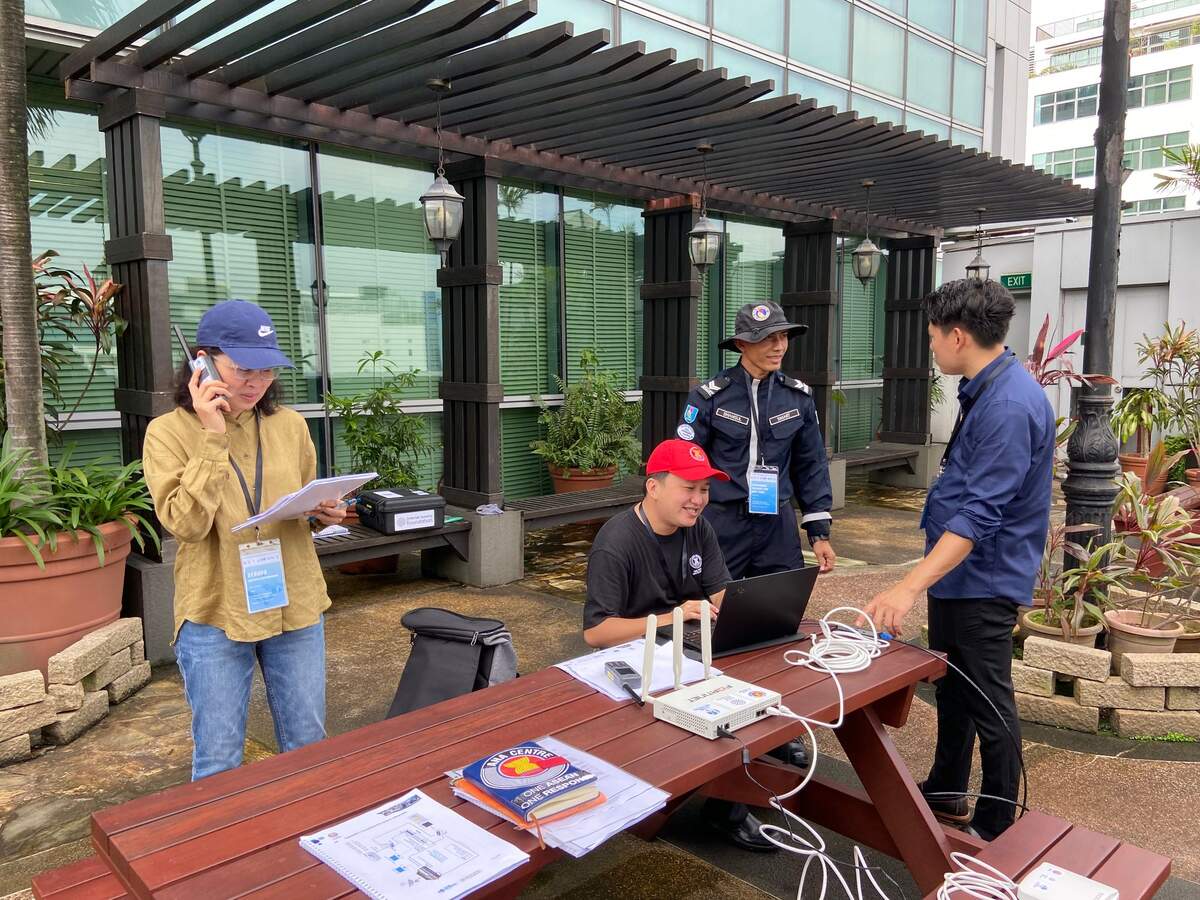


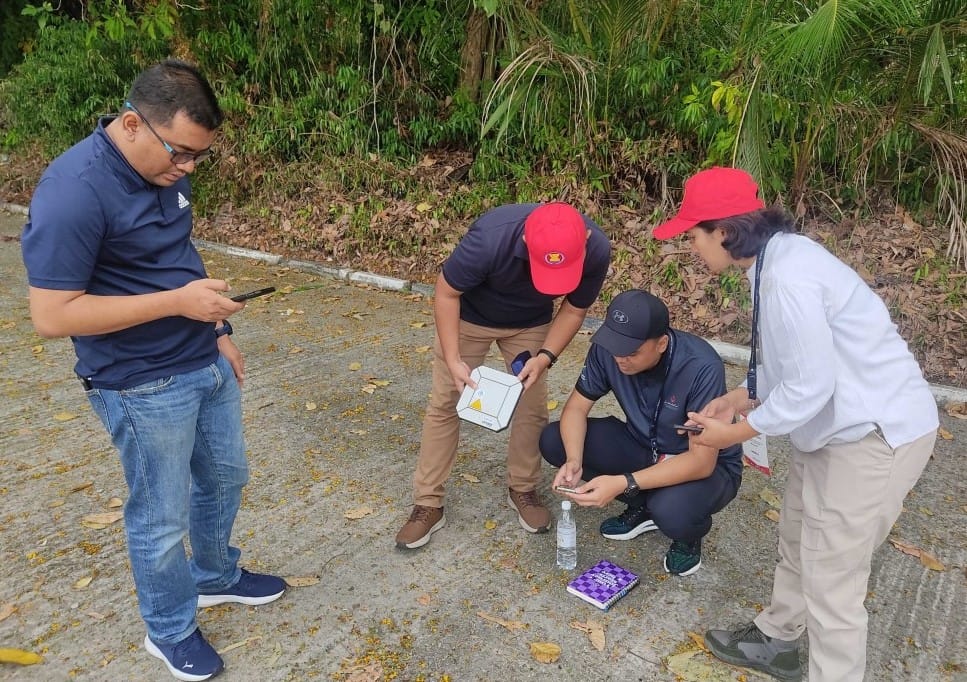
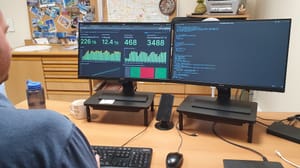
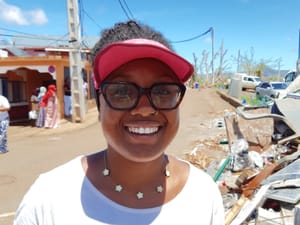
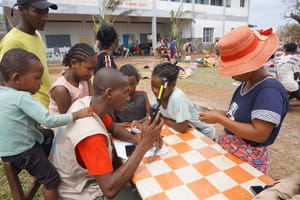
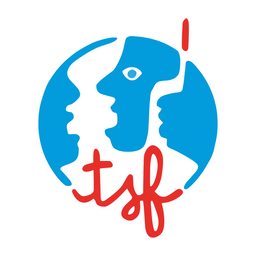

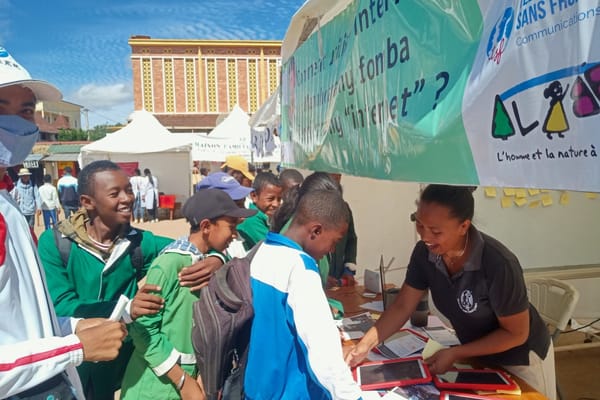
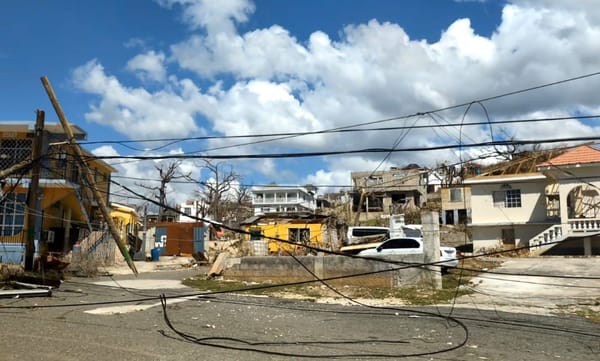

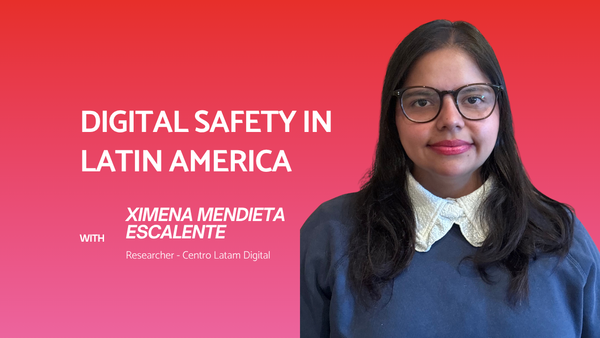
Member discussion